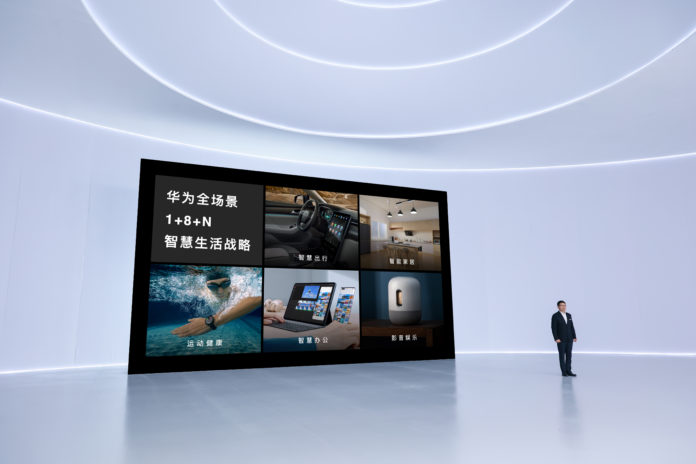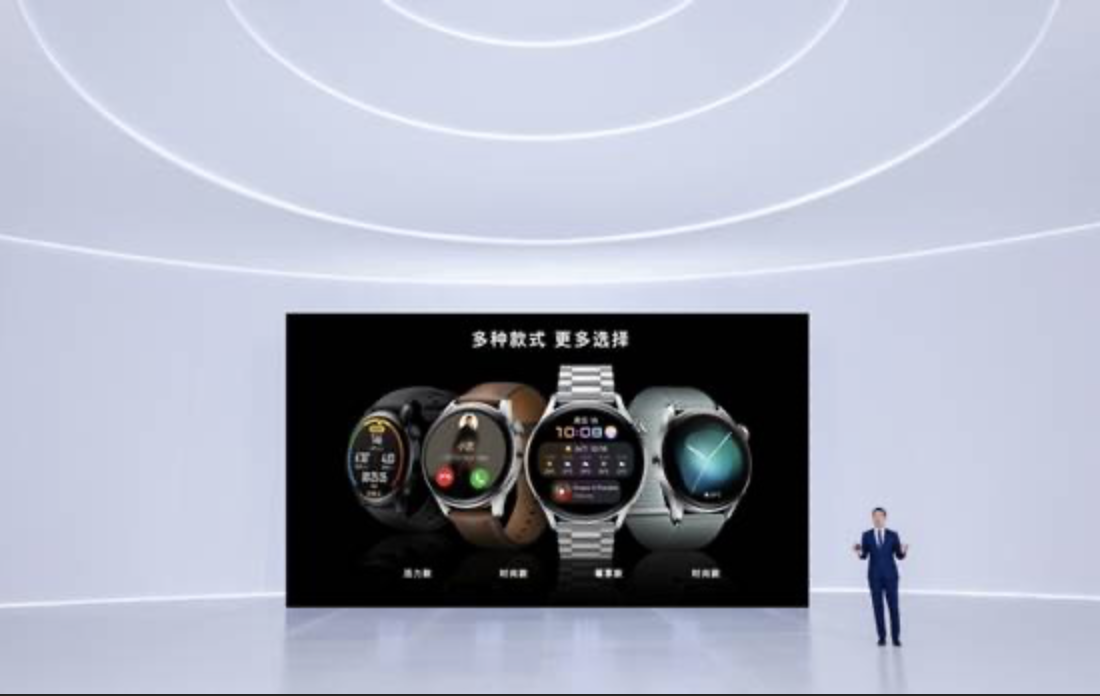Their troubles over the past two years have been well documented across the globe. But with the release of HarmonyOS 2 and new hardware, Huawei is looking to move forward. Although the expected P50 Pro phone didn’t make an appearance, the live release on Wednesday night wasn’t short of highlights. It was headlined by Harmony OS 2 and backed by multiple new hardware options, there’s a lot to explore.
HarmonyOS – Interconnectivity and simple user experience
The focus of the update to HarmonyOS is to get a truly universal and simple integration of all of your smart devices: Watch, Phone, Tablet and computers. Making productivity, creativity and entertainment mobile and transferrable between devices with no activity downtime. This activity transfer ease extends to platform developers with a pathway to also develop and deploy across all hardware options.
HarmonyOS also combines previously independent devices into a cohesive and holistic Super Device that integrates all hardware and resources to freely leverage the capabilities of its component devices based on the user’s real-time needs.
Through HarmonyOS Connect, users who have non-Huawei hardware will be able to connect to the system. This software gives users the opportunity to connect to existing or new hardware, without the need to replace all of their electronics.
Huawei MatePad Pro
Another piece of hardware, targeted at the iPad and the question is can it actually compete? On pure specs alone, it’s got a real chance with a 12.6-inch OLED display and minimal bezels to speak of. The colour reproduction is said to be on par with professional quality monitors and a contrast ratio of 1,000,000:1.
THe MatePad Pro is driven by a Kirin 9000, 8GB of RAM and 256GB of storage. It’s got a big 10,050 mAh battery and 40W charger that should see even heavy users through a full day of use. All of this — back to the integration facet of the platform — plays into the seamless task management and distribution between connected hardware, including operating as an extra screen for your PC or laptop.
Further showing that Huawei has their sites set on competing with the iPad, the M-Pencil also debuted. It’s designed to do anything you could want it to daily including operate as a pen for note-taking, assist with art and creativity; ultimately becoming part of your daily workflow.
Huawei Watch 3 series
Taking its seat at the top of the watch pile for Huawei is the new watch 3 series. Designed to take a battering and still look the part thanks to the glass screen a stainless steel chassis. Sticking with the mantra of HarmonyOS, the Watch 3 is comfortable to wear and easy to use with a full feature set.
You’ll be able to make and receive phone calls, listen to and control music while remaining in the centrally controlled HarmonyOS system. It’s got all of the health and fitness bells and whistles we’ve seen on previous device reviews, with features like fall detection and SOS being added.
In theory, you can get as much as 21 days from a single charge — under ultra-long battery mode — on the Pro model or, 5 as a smartwatch. Where the Watch 3 has a shorter timeline of 14 “dumb” days or 3 as a smart device.
This is an impressive offering from Huawei with undoubtedly more information to come as the devices hit the market. We’ll certainly be keen to dive into a fully integrated system to see how it fares. What more would you like to know about HarmonyOS and the integrated hardware?







5 day as a smartwatch, what chipset they will be using?
Does that mean Upcoming pixel watch from Samsung on 5nm chipset will match the battery life?
Highly unlikely. The chipset will play a small part of overall battery life. The Watch 3 will not be running WearOS, unlike the Pixel Watch. WearOS has significant battery life overheads in it’s current state. Hopefully Google can optimise WearOS to make the most of any new chipset that they may be working on with Samsung.